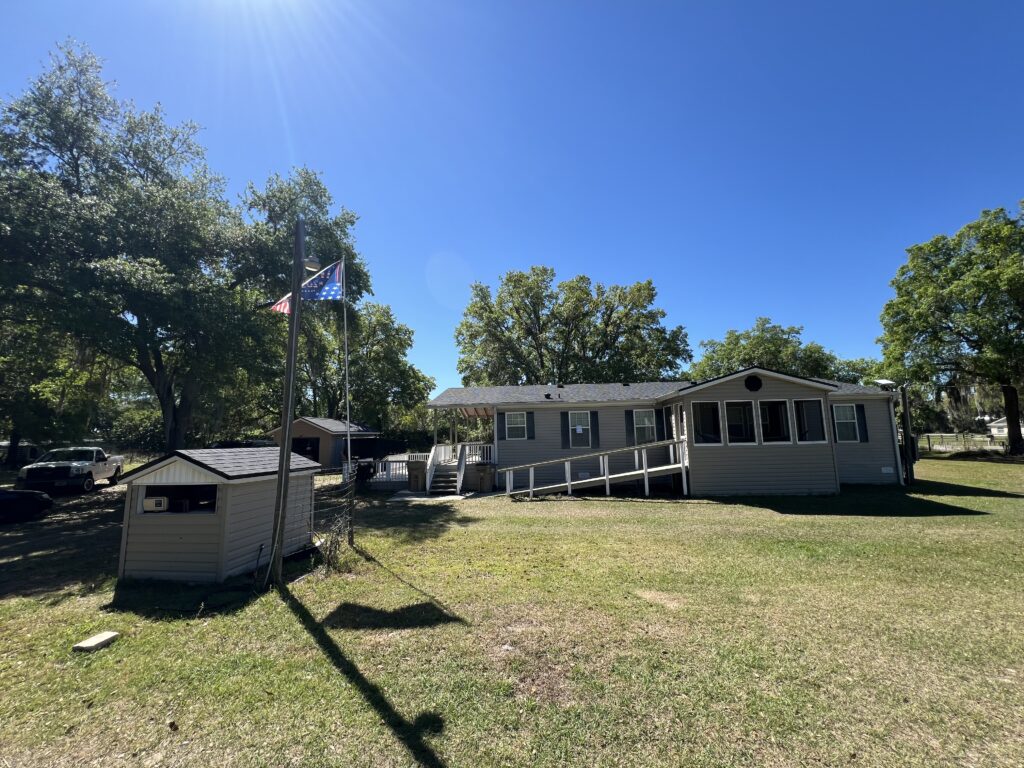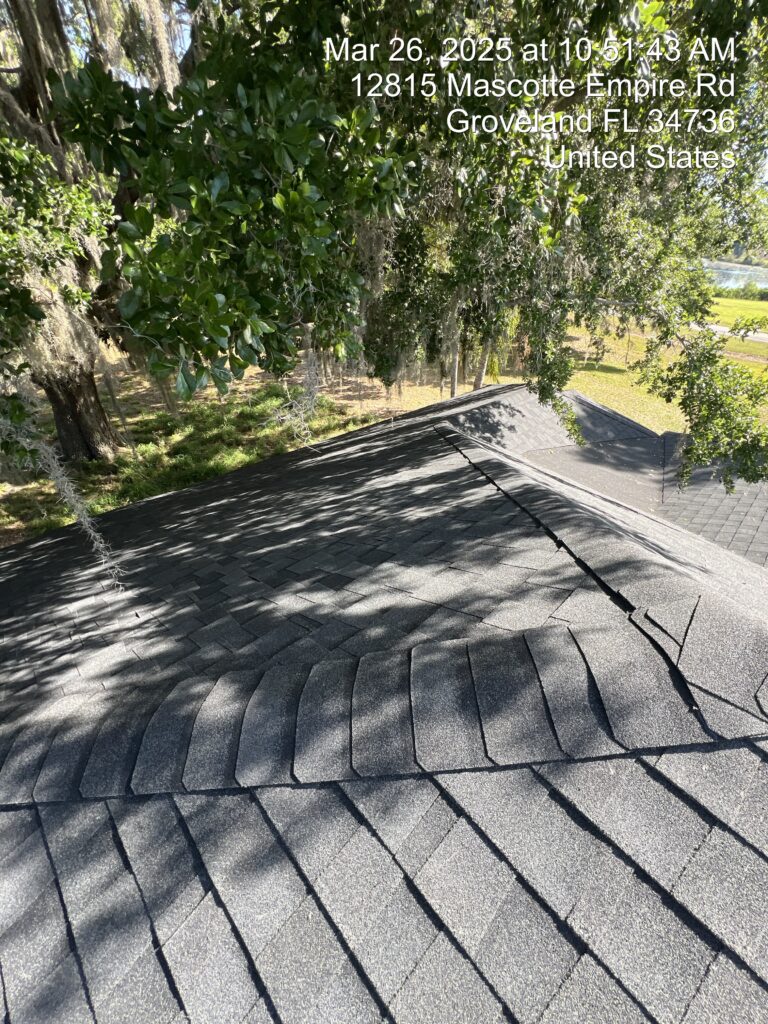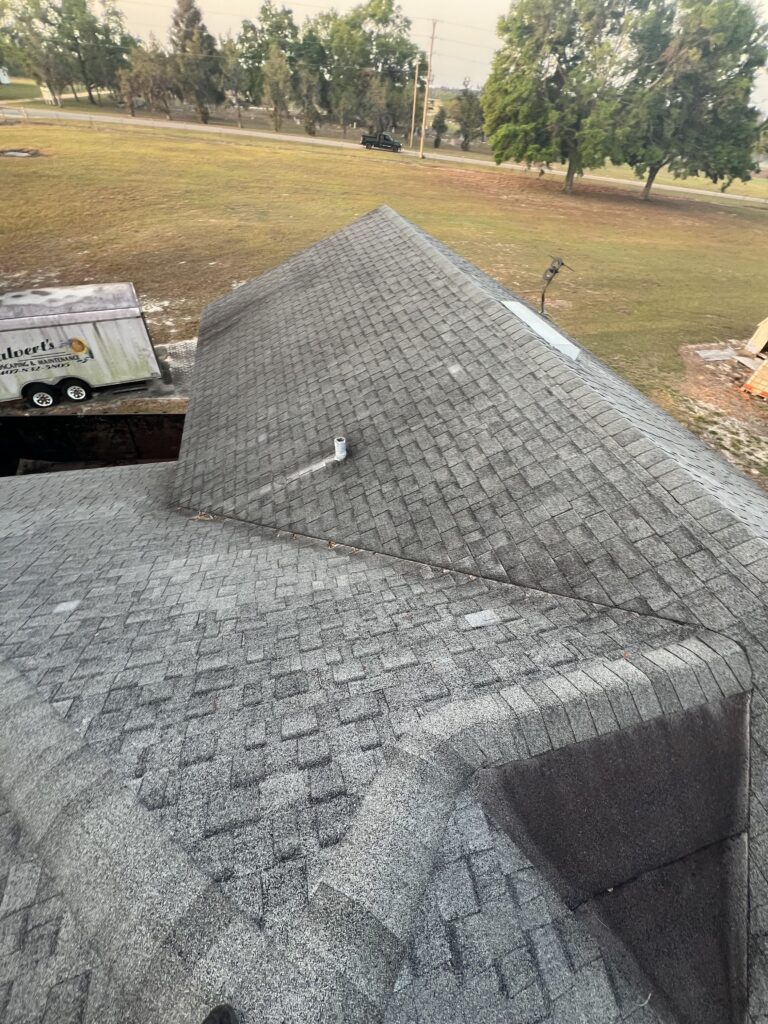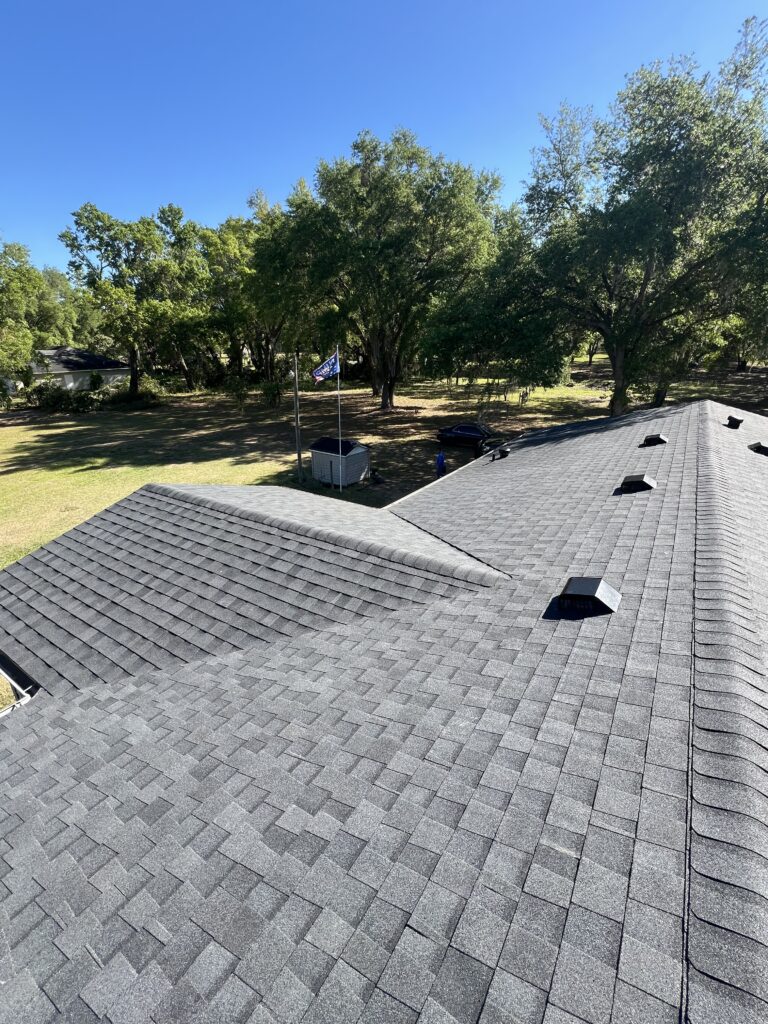DIY Roof Maintenance Tips to Extend Lifespan
Your home’s roof is a significant investment, arguably the most critical component protecting you from the elements. In Clermont, Florida, that means withstanding intense sun, torrential downpours, and the ever-present threat of severe storms. A full roof replacement is a major undertaking, and naturally, every homeowner wants to maximize the lifespan of their current roof to get the most value from that investment. The key to achieving this longevity lies not in waiting for problems to arise, but in proactive, consistent maintenance. Simple, routine care can prevent small issues from escalating into catastrophic failures, saving you thousands of dollars and extending the service life of your roofing system by years.
However, it is absolutely essential to begin this conversation with a paramount focus on safety. Your roof is a dangerous environment. The advice and tips contained in this guide are strictly limited to tasks that can be performed safely from the ground or from a securely placed ladder at the edge of your roof. At no point do we advise a homeowner to walk on their roof. The risks of slipping and falling are severe and can be life-altering. Professional roofers have extensive training, specialized safety equipment, and the experience necessary to navigate roof surfaces safely. This guide is intended to empower you with the knowledge to perform basic upkeep and, just as importantly, to recognize when a problem has exceeded the scope of do-it-yourself maintenance and requires the skilled hand of a professional.
The Foundation of Maintenance: Regular Visual Inspections
The cornerstone of any effective roof maintenance plan is regular and careful observation. You cannot address problems that you are unaware of, and conducting routine visual inspections is the best way to stay ahead of the curve. This simple act of looking closely at your roof, which costs nothing more than a few minutes of your time, can help you spot developing issues long before they lead to interior water damage. We recommend performing this check at least twice a year, ideally in the spring and fall, and always after any significant weather event, such as a tropical storm or a severe hailstorm.
Performing this inspection safely is key. You do not need to climb onto the roof to get a clear picture of its condition. A pair of binoculars is an invaluable tool for this task. From the ground, walk around the entire perimeter of your home, using the binoculars to get a close-up view of all slopes and surfaces. Look for any shingles that appear out of place. Are any tabs missing, cracked, or curling up at the edges? Pay special attention to the areas around penetrations like plumbing vents, exhaust fans, and chimneys. The flashing systems in these areas are common failure points, so look for any signs of rusted or lifted metal.
As you scan the roof, take note of its overall appearance. Do you see large patches of dark streaks, which indicate algae growth, or thicker, greener patches of moss? Are there any areas that look sunken or saggy? Make a mental or written note of any areas of concern. This regular visual check-up serves as your personal diagnostic tool. It is the information-gathering phase that allows you to understand the condition of your roof and provides you with the knowledge to decide when it is time to call in a professional for a more detailed, hands-on assessment.
Keeping Your Gutters Clean: A Critical First Line of Defense
While technically a separate system, your gutters play a direct and critical role in the health and longevity of your roof. Their sole purpose is to capture the immense volume of water that sheds off your roof during a rainstorm and channel it safely away from your home’s foundation and siding. When your gutters become clogged with leaves, pine needles, and other debris, they can no longer perform this vital function. This is when a simple cleaning task can prevent a cascade of expensive problems.
In a place like Clermont where heavy, sudden downpours are common, a clogged gutter can cause water to back up almost instantly. This standing water has nowhere to go but over the edge of the gutter and, more damagingly, up underneath the edge of your shingles. This constant exposure to moisture at the roofline will rot the wooden fascia boards that your gutters are attached to, and can even seep into the underlying roof decking, leading to soft spots and eventually, leaks. A routine cleaning ensures that water flows freely and is directed exactly where it needs to go, away from your home.
This is one of the few hands-on tasks a homeowner can often undertake, but only with strict adherence to safety protocols. If you choose to clean your own gutters, always use a sturdy, properly sized ladder. Make sure the ladder is placed on firm, level ground, and have a spotter hold the base if possible. Never overreach; it is far safer to climb down and move the ladder frequently. Wear thick gloves to protect your hands from sharp debris or pests. Use a small trowel or gutter scoop to remove the bulk of the debris, and then flush the gutters and downspouts with a garden hose to ensure they are completely clear.
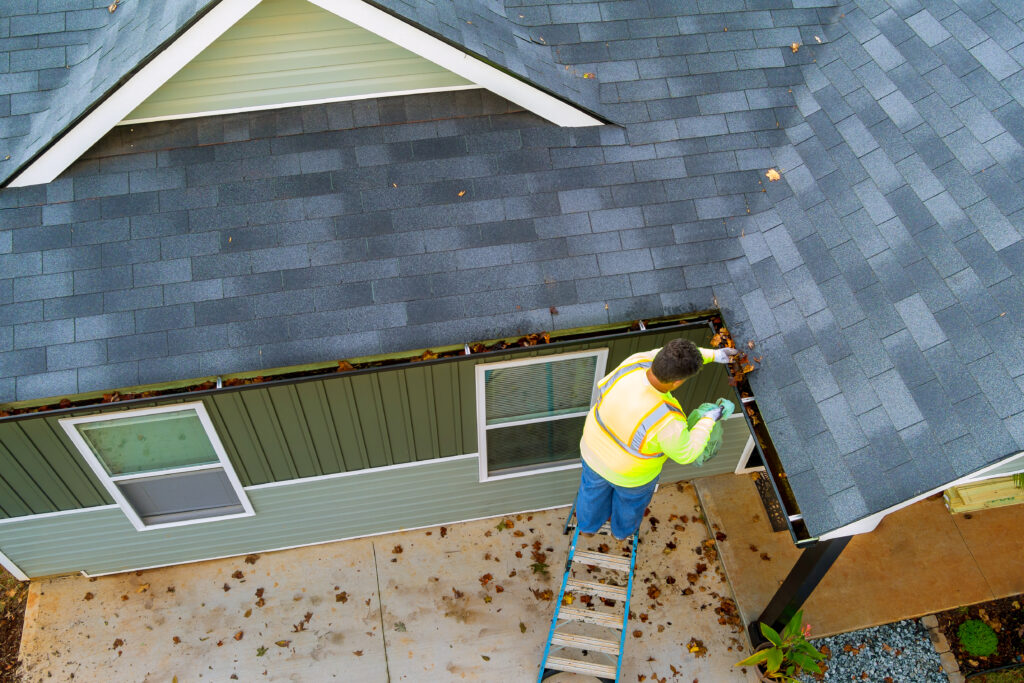
As you clean, pay close attention to what you find. A small amount of shingle granules, which look like coarse sand, is normal. However, if you discover large accumulations of these granules, it is a significant red flag. This means the protective top layer of your shingles is washing away, exposing the underlying asphalt to the sun. Your gutters are providing you with a crucial clue that your roof is nearing the end of its life.
Managing Overhanging Trees and Debris
The beautiful, mature trees that provide welcome shade for Florida homes can also pose a significant threat to the health of your roof. Proactively managing the vegetation around your home is a vital maintenance task that prevents a wide range of potential damages. Overhanging tree limbs are a primary concern for several reasons. As they sway in the wind, they can scrape against the shingle surface, acting like sandpaper and stripping away the protective granules. They also provide a convenient bridge for squirrels, raccoons, and other pests to access your roof, where they can chew on materials and attempt to nest.
Keeping tree branches trimmed back a safe distance from your home is essential. A general rule of thumb is to maintain at least a six-foot clearance between any tree limbs and your roof surface. This prevents abrasion damage and makes it more difficult for pests to get onto your roof. While trimming small, easily accessible branches might be a manageable DIY task, it is critical to know your limits. For large limbs or any work that requires a chainsaw or climbing, always hire a professional, insured arborist. This is not the place to risk personal injury or accidental damage to your property.
Beyond direct impact, trees are the primary source of organic debris that accumulates on your roof. Leaves, pine needles, and small twigs can pile up, especially in the valleys where two roof slopes meet. This debris acts like a sponge, trapping moisture and holding it directly against your shingles for extended periods. This constant dampness promotes algae and moss growth, accelerates the deterioration of the shingles, and can create a dam that prevents water from draining properly.
You can safely clear this light debris from the edge of your roof. Using a secure ladder, a leaf blower on a low setting or a very soft-bristled brush can be used to gently sweep debris off the roof. It is imperative that you do this without stepping onto the roof surface and without using any harsh tools, like a metal rake or a stiff brush, which would damage the shingles. This simple act of keeping your roof clean and clear of moisture-trapping debris will pay significant dividends in its long-term health.
Knowing Your Limits: When to Call Clermont Roofing
The purpose of do-it-yourself maintenance is to handle the simple, preventative tasks that keep your roof in good working order and to serve as an early warning system for bigger problems. This guide has intentionally focused on tasks that do not require you to set foot on your roof. There is a very clear and important line between DIY maintenance and professional roof repair, and knowing when to cross that line by picking up the phone is the most important maintenance skill of all.
If your inspections reveal any of the following issues, it is time to call for professional help: any signs of an active leak inside your home, large areas of missing or damaged shingles, any damage to the metal flashing around chimneys or vents, significant granule loss in your gutters, or any areas that feel soft or spongy underfoot (which should only be checked by a professional). Attempting to repair these issues yourself without the proper knowledge, tools, and safety equipment can lead to further damage and, most importantly, puts you at serious risk of injury.
A professional roofer from Clermont Roofing brings years of experience to every inspection. We can accurately diagnose the root cause of a problem, not just its symptom. We understand the complex interplay of the entire roofing system, from the decking and underlayment to the shingles and ventilation. We are equipped with the necessary safety harnesses, ladders, and other gear to work safely at height, and we carry the proper licensing and insurance to protect you as a homeowner.
Think of your relationship with your roofer as a partnership in protecting your home. Your role is vigilant observation and basic, safe upkeep. Our role is to provide expert diagnosis, perform skilled repairs, and ultimately, replace the system when it has reached the end of its useful life. By working together, we can ensure your roof provides the steadfast protection your family deserves for as long as possible.
A long-lasting roof is not a matter of luck; it is the result of diligent care and proactive attention. By integrating regular visual inspections into your home maintenance routine, you empower yourself to spot trouble early. By keeping your gutters clean and functional, managing overhanging trees, and gently removing debris, you actively prevent the most common causes of premature aging and water damage. These tasks, when performed safely and consistently, are your best tools for extending the life of your roof and protecting the value of your home.
It is equally important to embrace the limits of do-it-yourself work. Safety must always be the top priority, and recognizing the signs that demand a professional’s expertise is a sign of a savvy and responsible homeowner. Your roof is a complex system, and repairs require a level of skill and safety preparedness that only a trained professional possesses.
If your own inspections have uncovered issues, or if you simply want the peace of mind that comes with a professional assessment, we encourage you to reach out to our team. Clermont Roofing is dedicated to providing honest evaluations and high-quality solutions for our neighbors. We are here to be your trusted partner in maintaining the most critical shield that protects your home.


